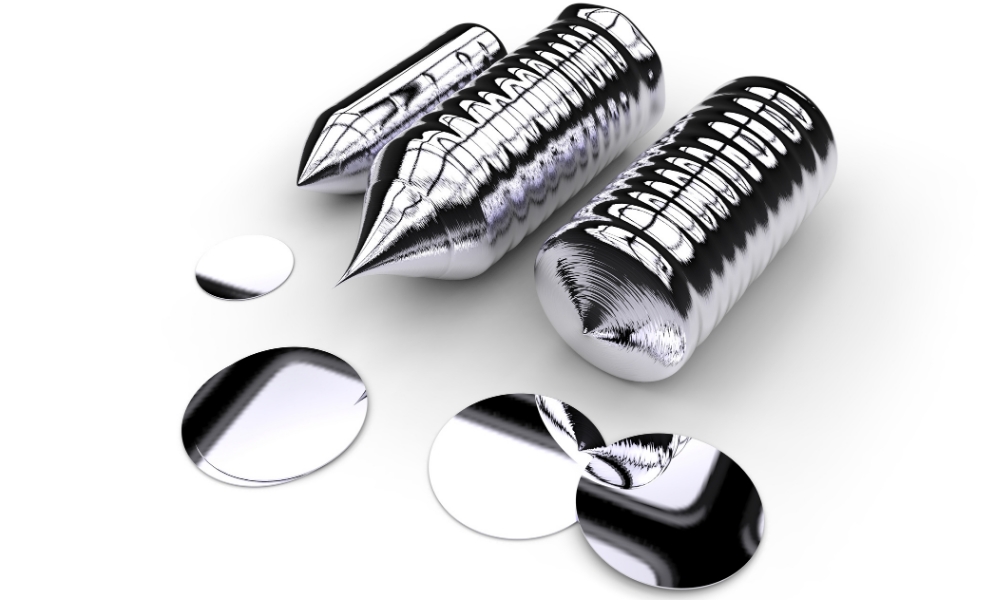Home > > Uncovering the
Uncovering the
 5/9/2023 12:52:55 PM
5/9/2023 12:52:55 PM FNEPower
FNEPower 2671
2671
Faced with the demand for renewable energy, perovskite solar cells have become a research hotspot in the next generation of photovoltaic technology due to their advantages of low cost and high conversion efficiency. Recently, a collaborative paper between Peking University and the University of Surrey in the UK was published in Advanced Materials and attracted widespread industry attention.
"This achievement provides an efficient research platform for understanding the perovskite buried bottom interface, provides a new research idea for developing efficient perovskite passivation technology, and also provides advanced theoretical guidance for improving the performance of perovskite batteries." Gong Qihuang, the corresponding author of the paper, an academician of the CAS Member, and a liberal professor of Peking University, told China Science Daily.
"This is the first comprehensive and in-depth study on the properties of perovskite bottom interface, which will update the understanding of the whole field on polycrystalline perovskite films, and promote the field to fully explore the properties of perovskite bottom interface." Referring to the contribution of the paper, Zhang Wei, the corresponding author and professor of the University of Surrey, UK, commented.
Research: Open the "black box" of the buried interface
High efficiency perovskite solar cells usually use perovskite polycrystalline thin films as the photoactive layer, and the upper and lower interfaces of perovskite polycrystalline thin films are usually considered as defect enrichment regions, which are the main factors limiting the efficiency improvement of perovskite photovoltaic devices.
In the past decade, a lot of research work has focused on the properties and optimization of the upper surface of perovskite thin films, and the understanding of the upper surface of thin films has gradually become mature; However, there is a lack of deeper understanding and understanding of buried and non exposed bottom interfaces. Meanwhile, for polycrystalline perovskite compound semiconductor films grown in solution, a large amount of research has indirectly inferred the properties of the bottom interface using surface/interface characterization results on the film, lacking rigorous scientific research.
"Compared with the mature surface/interface research, the buried bottom interface of perovskite thin films is still a deep buried and unopened 'black box' for most researchers." Zhu Rui, the corresponding author of the paper and a researcher at the Institute of Modern Optics, School of Physics, Peking University, introduced the lag of research on perovskite bottom interface in the field.
Based on years of solid research foundation and rich research experience in the properties of high-performance perovskite solar cells and perovskite polycrystalline thin films, the Peking University team collaborated with the Surrey University team to tackle this difficult problem. They first exposed the bottom interface of the deposited perovskite polycrystalline film through the method of "anti solvent sacrificial polymer transport layer+metal soft template support". With the help of a series of surface interface characterization, they truly "saw" the details of the bottom for the first time.
The team further developed a bottom in situ fluorescence imaging technology, visualizing the sources of non radiative composite losses at the bottom interface of the thin film, and established the "microstructure photoelectric properties" relationship at the bottom for the first time, ultimately obtaining a complete and clear physicochemical image of the perovskite bottom interface.
Zhu Rui stated that they have conducted systematic and in-depth research on the "buried interface" of perovskite photovoltaic devices, elucidated the scientific relationship between "microstructure chemical distribution photoelectric function" in the "buried interface", and established a visualization research platform for the "buried interface" of perovskite photovoltaic devices, providing guidance for the future development of passivation technology and molecular design of perovskite polycrystalline films.
Analysis: Surface passivation of "upper and lower connection"
Identifying the source of bottom interface loss of perovskite and further eliminating it to improve the quality of the entire perovskite film is a necessary path for preparing high-efficiency batteries.
In 2018, our joint team created a world record for the efficiency of trans structured perovskite solar cells using ammonium halide surface passivation technology. "Zhu Rui introduced," Based on our in-depth understanding of this work, we would like to try to see if using ammonium halide surface passivation technology can improve the bottom interface of perovskite thin films
With the help of a series of bottom surface research techniques, the team further analyzed the polycrystalline films passivated by ammonium halide on the upper surface, and found that the source of loss at the bottom interface of the films passivated on the upper surface almost disappeared, presenting a very "clean" bottom interface.
After the passivation of the upper surface, there was a significant change in the bottom interface of the film, "said Yang Xiaoyu, a doctoral student at Peking University and one of the authors of the paper
The researchers further designed a time-resolved in-situ fluorescence imaging experiment on the bottom surface, which proved that after surface treatment with ammonium halide, the solvent and annealing effects caused ammonium halide molecules to gradually diffuse from the surface to the bulk phase of perovskite polycrystalline films, and ultimately reach the bottom interface, forming a thin film passivation that runs through the top and bottom. The team also named this new mechanism "Molecular Assisted Microstructural Reconstruction", further improving their understanding of the essence and efficiency of ammonium halide surface passivation technology.
Zhu Rui believes that the molecular permeation phenomenon further reflects the properties of the soft lattice of perovskite thin films, which will provide inspiration for the design of efficient perovskite passivation materials
Outlook: "There is great potential at the bottom"
As early as 1959, Richard Feynman, the Nobel laureate in physics and theoretical physicist, first proposed at the meeting of the American Physical Society that "there is much to be done at the bottom." Since then, research in the nano field has opened a rapid development mode.
When it comes to the future development of perovskite optoelectronic devices, Gong Qihuang said, "We also believe that there is great potential for bottom interface research in the field of perovskite optoelectronic devices." He believes that there are more secrets waiting for scientists to explore and explore at the bottom interface, which will be one of the important development directions for developing efficient and stable perovskite devices in the future.
However, the current understanding of the bottom interface of thin films still lags far behind the upper surface, and perovskite films with different systems and preparation methods may also have different bottom interface properties. Establishing a mature and complete bottom interface knowledge system still requires a large amount of research data and mature research methods.
Since 2013, the Peking University team has been conducting research and exploration on the optimization of efficient perovskite photovoltaic devices and thin film surface interface characterization.
Yang Xiaoyu introduced that since joining the team in 2017, he has been focusing on the research and optimization of perovskite bottom interfaces. In the study of the bottom interface, many novel phenomena that are different from traditional cognition have also been discovered, which has prompted us to continuously explore the properties of perovskite bottom interfaces at a deeper level. "Speaking of future research plans, Yang Xiaoyu is full of confidence.
This research work is only the beginning of the research on the bottom interface of perovskite thin films. We hope that based on our proposed method, we can reveal more of the 'hidden secrets' of perovskite thin films. Zhu Rui hopes that this work can inspire more researchers in and outside the field, develop more advanced and effective bottom interface research methods, and promote the basic research of new perovskite photovoltaic technology to be more perfect.
"This achievement provides an efficient research platform for understanding the perovskite buried bottom interface, provides a new research idea for developing efficient perovskite passivation technology, and also provides advanced theoretical guidance for improving the performance of perovskite batteries." Gong Qihuang, the corresponding author of the paper, an academician of the CAS Member, and a liberal professor of Peking University, told China Science Daily.
"This is the first comprehensive and in-depth study on the properties of perovskite bottom interface, which will update the understanding of the whole field on polycrystalline perovskite films, and promote the field to fully explore the properties of perovskite bottom interface." Referring to the contribution of the paper, Zhang Wei, the corresponding author and professor of the University of Surrey, UK, commented.
Research: Open the "black box" of the buried interface
High efficiency perovskite solar cells usually use perovskite polycrystalline thin films as the photoactive layer, and the upper and lower interfaces of perovskite polycrystalline thin films are usually considered as defect enrichment regions, which are the main factors limiting the efficiency improvement of perovskite photovoltaic devices.
In the past decade, a lot of research work has focused on the properties and optimization of the upper surface of perovskite thin films, and the understanding of the upper surface of thin films has gradually become mature; However, there is a lack of deeper understanding and understanding of buried and non exposed bottom interfaces. Meanwhile, for polycrystalline perovskite compound semiconductor films grown in solution, a large amount of research has indirectly inferred the properties of the bottom interface using surface/interface characterization results on the film, lacking rigorous scientific research.
"Compared with the mature surface/interface research, the buried bottom interface of perovskite thin films is still a deep buried and unopened 'black box' for most researchers." Zhu Rui, the corresponding author of the paper and a researcher at the Institute of Modern Optics, School of Physics, Peking University, introduced the lag of research on perovskite bottom interface in the field.
Based on years of solid research foundation and rich research experience in the properties of high-performance perovskite solar cells and perovskite polycrystalline thin films, the Peking University team collaborated with the Surrey University team to tackle this difficult problem. They first exposed the bottom interface of the deposited perovskite polycrystalline film through the method of "anti solvent sacrificial polymer transport layer+metal soft template support". With the help of a series of surface interface characterization, they truly "saw" the details of the bottom for the first time.
The team further developed a bottom in situ fluorescence imaging technology, visualizing the sources of non radiative composite losses at the bottom interface of the thin film, and established the "microstructure photoelectric properties" relationship at the bottom for the first time, ultimately obtaining a complete and clear physicochemical image of the perovskite bottom interface.
Zhu Rui stated that they have conducted systematic and in-depth research on the "buried interface" of perovskite photovoltaic devices, elucidated the scientific relationship between "microstructure chemical distribution photoelectric function" in the "buried interface", and established a visualization research platform for the "buried interface" of perovskite photovoltaic devices, providing guidance for the future development of passivation technology and molecular design of perovskite polycrystalline films.
Analysis: Surface passivation of "upper and lower connection"
Identifying the source of bottom interface loss of perovskite and further eliminating it to improve the quality of the entire perovskite film is a necessary path for preparing high-efficiency batteries.
In 2018, our joint team created a world record for the efficiency of trans structured perovskite solar cells using ammonium halide surface passivation technology. "Zhu Rui introduced," Based on our in-depth understanding of this work, we would like to try to see if using ammonium halide surface passivation technology can improve the bottom interface of perovskite thin films
With the help of a series of bottom surface research techniques, the team further analyzed the polycrystalline films passivated by ammonium halide on the upper surface, and found that the source of loss at the bottom interface of the films passivated on the upper surface almost disappeared, presenting a very "clean" bottom interface.
After the passivation of the upper surface, there was a significant change in the bottom interface of the film, "said Yang Xiaoyu, a doctoral student at Peking University and one of the authors of the paper
The researchers further designed a time-resolved in-situ fluorescence imaging experiment on the bottom surface, which proved that after surface treatment with ammonium halide, the solvent and annealing effects caused ammonium halide molecules to gradually diffuse from the surface to the bulk phase of perovskite polycrystalline films, and ultimately reach the bottom interface, forming a thin film passivation that runs through the top and bottom. The team also named this new mechanism "Molecular Assisted Microstructural Reconstruction", further improving their understanding of the essence and efficiency of ammonium halide surface passivation technology.
Zhu Rui believes that the molecular permeation phenomenon further reflects the properties of the soft lattice of perovskite thin films, which will provide inspiration for the design of efficient perovskite passivation materials
Outlook: "There is great potential at the bottom"
As early as 1959, Richard Feynman, the Nobel laureate in physics and theoretical physicist, first proposed at the meeting of the American Physical Society that "there is much to be done at the bottom." Since then, research in the nano field has opened a rapid development mode.
When it comes to the future development of perovskite optoelectronic devices, Gong Qihuang said, "We also believe that there is great potential for bottom interface research in the field of perovskite optoelectronic devices." He believes that there are more secrets waiting for scientists to explore and explore at the bottom interface, which will be one of the important development directions for developing efficient and stable perovskite devices in the future.
However, the current understanding of the bottom interface of thin films still lags far behind the upper surface, and perovskite films with different systems and preparation methods may also have different bottom interface properties. Establishing a mature and complete bottom interface knowledge system still requires a large amount of research data and mature research methods.
Since 2013, the Peking University team has been conducting research and exploration on the optimization of efficient perovskite photovoltaic devices and thin film surface interface characterization.
Yang Xiaoyu introduced that since joining the team in 2017, he has been focusing on the research and optimization of perovskite bottom interfaces. In the study of the bottom interface, many novel phenomena that are different from traditional cognition have also been discovered, which has prompted us to continuously explore the properties of perovskite bottom interfaces at a deeper level. "Speaking of future research plans, Yang Xiaoyu is full of confidence.
This research work is only the beginning of the research on the bottom interface of perovskite thin films. We hope that based on our proposed method, we can reveal more of the 'hidden secrets' of perovskite thin films. Zhu Rui hopes that this work can inspire more researchers in and outside the field, develop more advanced and effective bottom interface research methods, and promote the basic research of new perovskite photovoltaic technology to be more perfect.
热点新闻






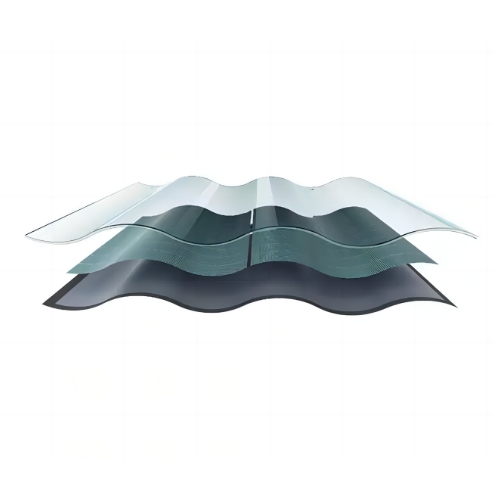
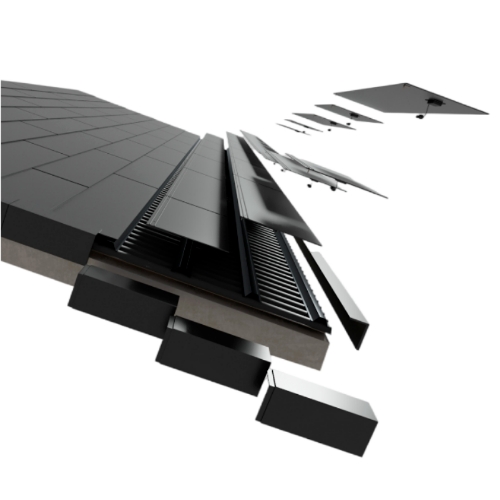
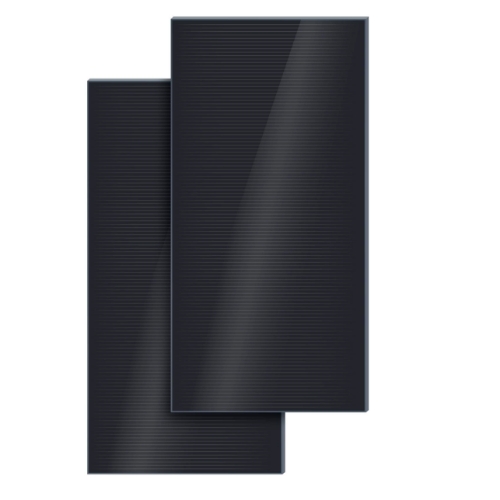
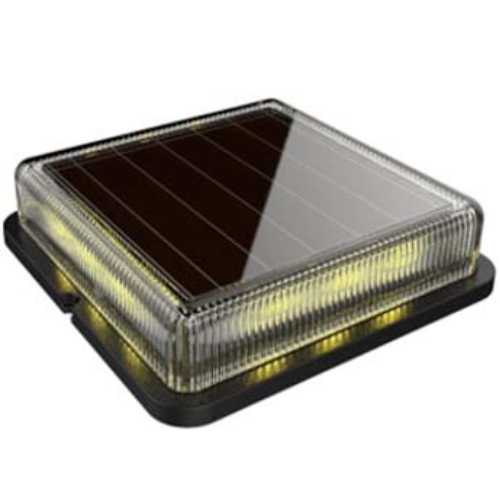
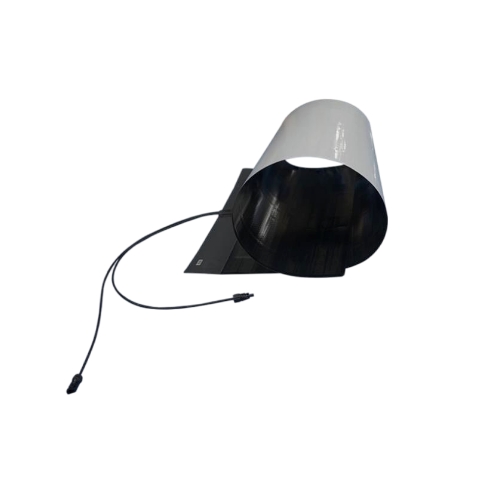
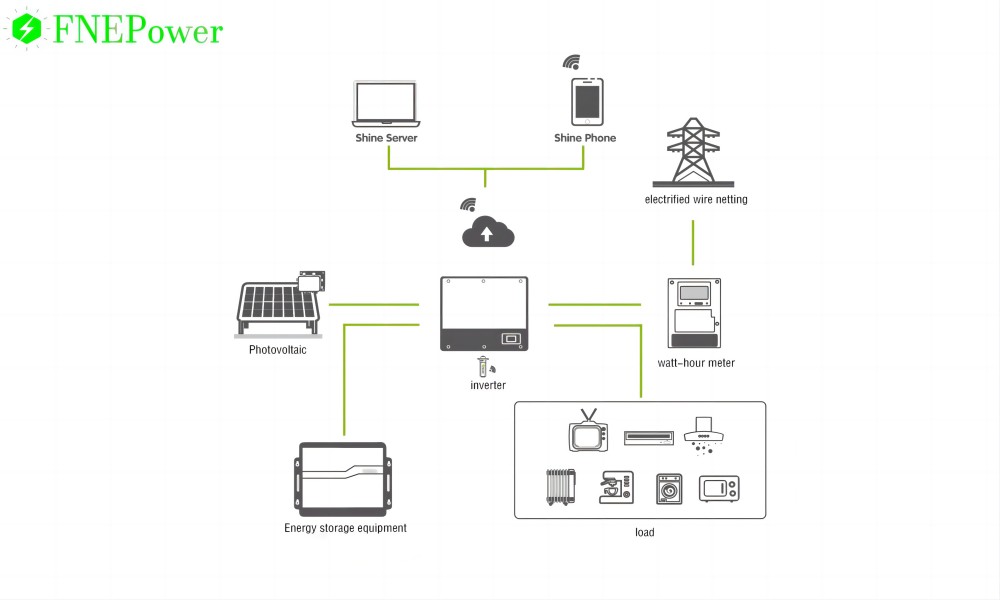




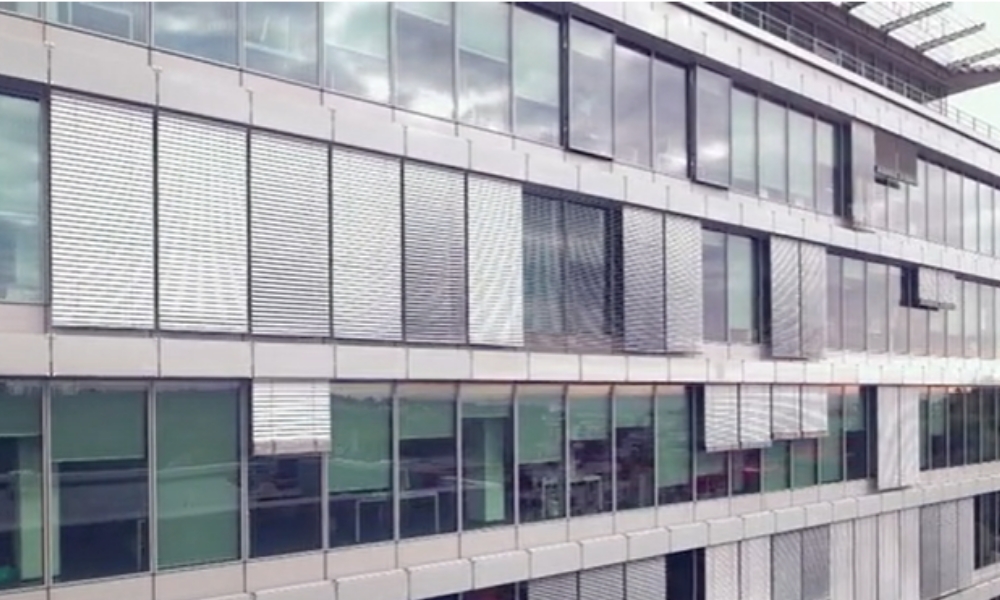

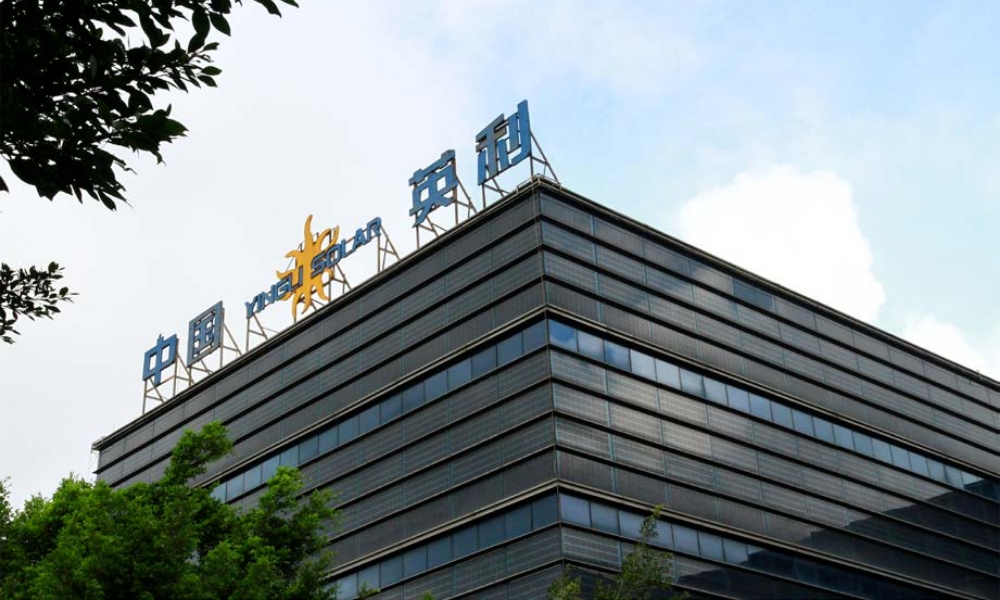
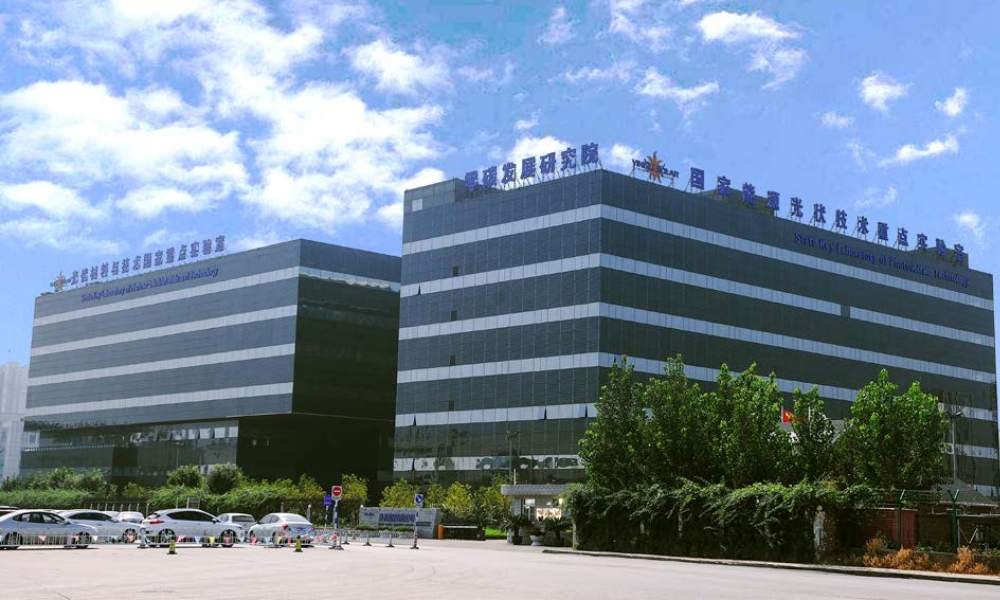
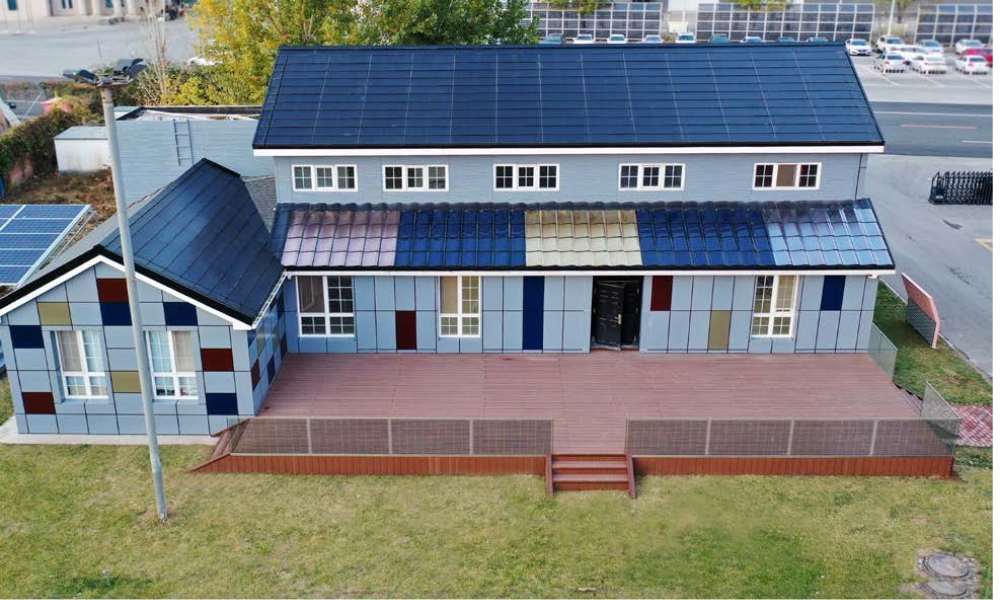
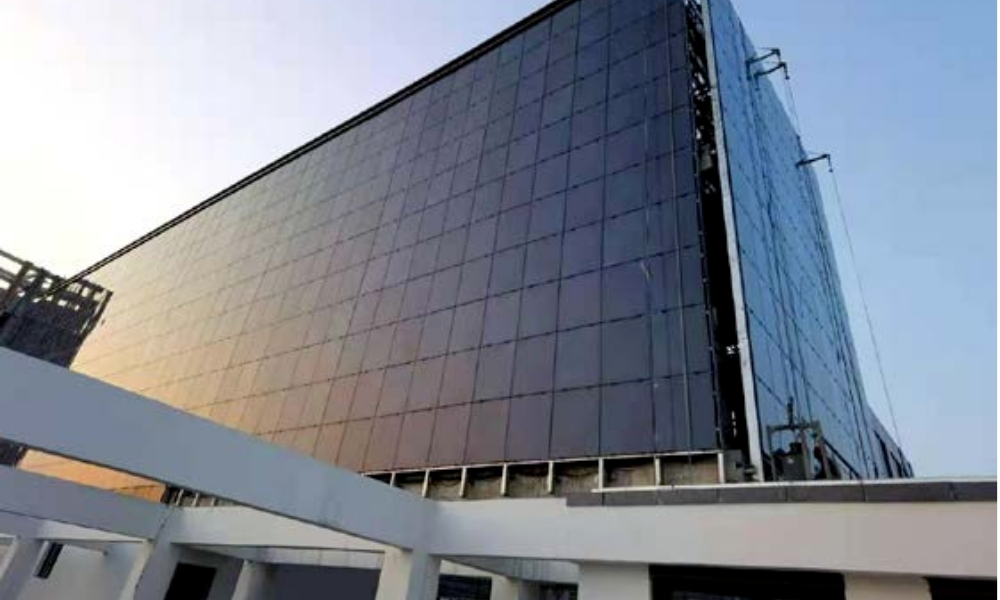





 返回列表
返回列表

